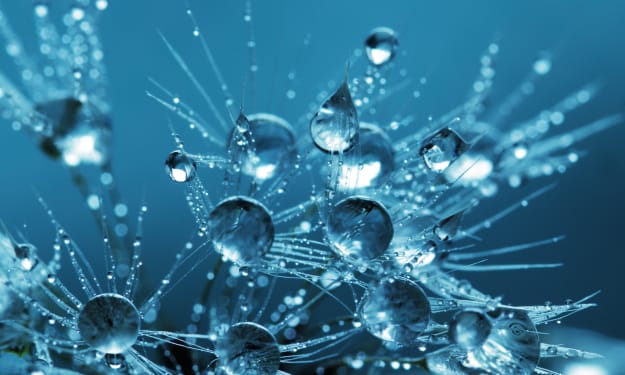
Enter the enchanting world of sea bunnies, where velvety "bunny-like" sea slugs captivate the imagination with their adorable appearance and fascinating behaviors. In this exploration, we delve into the intriguing world of these charismatic marine creatures, uncovering a tapestry of interesting facts, rumors, and conservation concerns that surround them. From their cryptic coloration to their herbivorous diet and unique defense mechanisms, sea bunnies offer a glimpse into the rich diversity of life that thrives beneath the ocean's surface. Join us as we embark on a journey to discover the wonders of sea bunnies and gain a deeper appreciation for the delicate balance of marine ecosystems they inhabit.
Sea bunnies, also known as Jorunna parva, are fascinating marine creatures that have captured the attention and curiosity of people around the world. These tiny sea slugs, adorned with velvety "bunny-like" features, inhabit the shallow waters of the Indo-Pacific region and have become beloved icons of the ocean's diversity. Below, we delve into some interesting facts and rumors surrounding sea bunnies:
Appearance and Behavior:
Sea bunnies are small sea slugs that typically measure between 1 to 3 centimeters in length. They are characterized by their fluffy appearance, which is due to the presence of numerous tiny cerata (protrusions) covering their bodies. These cerata serve various functions, including respiration, defense, and digestion.
Velvety "Bunny-Like" Appearance:
One of the most striking features of sea bunnies is their resemblance to rabbits or bunnies, hence the name. Their velvety cerata, which resemble the fur of a rabbit, give them an adorable and unique appearance that has captured the imagination of marine enthusiasts worldwide.
Defense Mechanisms:
Despite their cute appearance, sea bunnies possess effective defense mechanisms to protect themselves from predators. Some species of sea bunnies have been observed to secrete toxins from their cerata when threatened, deterring potential predators and allowing them to escape unharmed.
Herbivorous Diet:
Sea bunnies are primarily herbivores, feeding on various types of algae and seaweed found in their natural habitat. Their specialized mouthparts, called radulae, are equipped to scrape and consume algae from the surfaces of rocks and coral reefs.
Cryptic Coloration:
Sea bunnies exhibit a remarkable diversity of colors and patterns, ranging from vibrant oranges and yellows to muted browns and blacks. This variation in coloration serves as a form of cryptic camouflage, allowing them to blend in with their surroundings and evade detection by predators.
Mating Behavior:
Like many other marine invertebrates, sea bunnies reproduce through a process known as copulation. During mating, two sea bunnies come together, and sperm transfer occurs between the individuals. After fertilization, the female sea bunny lays eggs, which develop into larvae before hatching into juvenile sea slugs.
Cultural Significance:
Sea bunnies have captured the fascination of people around the world and have become popular subjects of marine photography and art. Their charming appearance and unique characteristics have made them beloved icons of the ocean's biodiversity, inspiring creativity and admiration among marine enthusiasts and conservationists.
Misconceptions and Rumors:
Despite their popularity, sea bunnies have also been the subject of various misconceptions and rumors. One such rumor suggests that sea bunnies possess the ability to emit light, similar to bioluminescent organisms. However, there is no scientific evidence to support this claim, and it likely stems from the enchanting allure of these charismatic sea slugs.
Conservation Concerns:
While sea bunnies are not considered threatened or endangered species, they face threats from habitat destruction, pollution, and climate change. The degradation of coral reefs and coastal ecosystems, which serve as their primary habitats, poses significant challenges to their survival. Conservation efforts aimed at protecting marine habitats and reducing human impacts on coastal environments are crucial for safeguarding the future of sea bunnies and other marine species.
In conclusion, sea bunnies are fascinating creatures that embody the beauty and diversity of marine life. With their adorable appearance, unique characteristics, and important ecological roles, they serve as ambassadors for ocean conservation and inspire awe and wonder in all who encounter them. By understanding and appreciating these remarkable sea slugs, we can foster greater awareness and appreciation for the fragile ecosystems that sustain life beneath the waves.
Thanks.






Comments
There are no comments for this story
Be the first to respond and start the conversation.